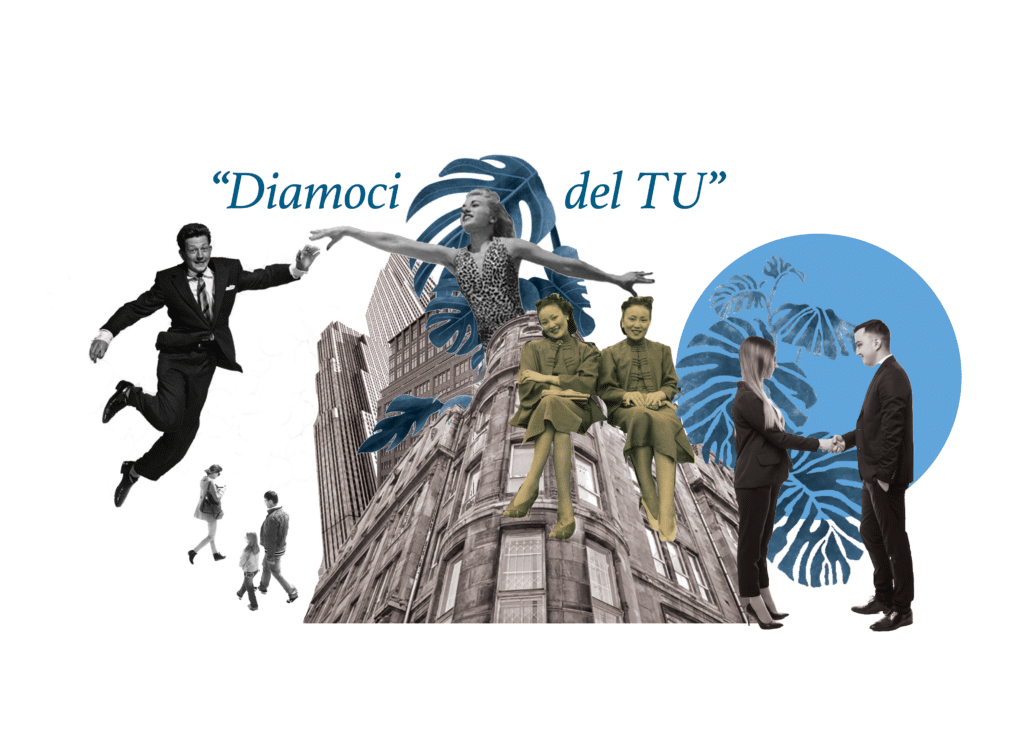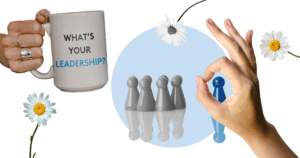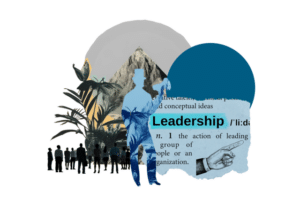From a social etiquette to a relational etiquette: over time, the norms of manners have changed, but today, more than ever, in a constantly evolving and increasingly heterogeneous working world, the need arises to create a new code of rules adapted to today’s context, one that allows for relationships, engagement and well-being.
Analyzing how behaviors evolve is helpful to read how the world is changing and, more importantly, to answer a question that is important not to underestimate: what behaviors in companies and organizations today can help create value?
Over the past year in our office (and beyond), the word that has recurred most frequently was sustainability. The more we analyzed it from different perspectives, the more we realized that the challenge of being or becoming sustainable for companies and organizations is, first and foremost, a behavioral challenge.
What can we do better to be more sustainable? How might our habits change? Is this attitude we have always carried forward really (and still) necessary and effective?
To enact the transformation we are increasingly talking about, the first step can be nothing more than an analysis of our behaviors to assess what effects, both positive and negative, these cause. This analysis is to be done on a broad spectrum, embracing a futuristic horizon and not simply looking at the present moment, as well as then considering all the spheres of influence of sustainability to be acted upon at the environmental, organizational and social levels, to protect people and spreading, as if through concentric circles gradually widening, awareness and the habit of new behaviors to get used to and pay attention to.
But there is also another aspect that should not be underestimated: the time dimension. The value of behavior does not remain unchanged over time but, like everything, can change according to the context that has evolved into a new situation that has been created.
There are no right or wrong behaviors per se, but there are behaviors in line with the needs of that moment, the ideas of that period, and the values of that context. A demonstration of this often comes from movies or commercials that date back even as little as twenty or thirty years: one can watch them again with today’s eyes and find certain attitudes or lexical choices out of place or inappropriate. The same uneasy feeling can also be felt in the company when procedures and ways of doing things have not been able to adapt to the times that have inevitably changed.
All the more reason to stop believing in “it has always been done this way.”
Let’s give ourselves rules and prepare to change them
When we think about behaviors, it is beneficial for us to identify them with the acronym O.R.M.E., as they are:
- observable: because they can be seen and noticed by the people around the perpetrator and identified as changing or perpetuating past habits
- replicable: because they can be repeated several times by the same person or by several different people, establishing a chain of behavioral change
- measurable: both quantitatively and qualitatively, because it is possible to tell both how often they are implemented and how much value they succeed or fail to bring
- effective: because they inevitably produce, in one direction or another, results, leading to a change in habits and the overall context in which they are acted upon.
In business contexts, giving substance to this acronym becomes straightforward, and it might be helpful for everyone, but particularly for Managers and Executives, to reflect on the O.R.M.E. left behind first by their behaviors and then by others.
And this is where the time dimension we mentioned earlier intervenes. Let us try to give a concrete example of how now-codified behaviors may be perceived differently with time:
- Manager A, who has been in charge of a team for about 20 years, closes meetings with a simple “all clear?” without expecting honest dialogue with employees. From an operational point of view, it is all clear that people will go back to their places and do their tasks; if they have doubts, they will solve them among themselves, and the work will be ready by the deadlines.
- The recently promoted Manager B involves his team at the end of meetings, asks for a recap, checks that deadlines are feasible according to loads, checks that tasks do not clash with already busy agendas and do not involve extra-hours work, asks for opinions, accepts suggestions to make the process more effective. Again, work will be done as requested.
From the output point of view, the two examples we have seen lead to the same result: the work is done by the deadline. From the behavioral point of view, however, the difference is abysmal. As we said, there is no right or wrong, but there is behavior that is more or less appropriate to the context of the moment.
Manager A’s modus operandi, however effective it may be, does not take into account a dimension that is gaining more and more importance in the corporate and organizational world today than in previous decades, namely engagement, which, not coincidentally, in 2023 was, for the first time, the dimension on which the Gallup State of the Global Workplace report focused. For those at the top of a company today, much more than in the past, the ability to engage and take into account mental well-being, work-life balance, and personal satisfaction is crucial, and this means that even those who are not used to giving relevance to these aspects will have to adapt their style and behaviors to the need of the moment if they do not want to run the risk of losing talent.
The behavioral rules to be adopted, then, although they make up a codified body of precise and visible attitudes, must always be considered as changing: in this sense, too, therefore, it is essential to maintain an open attitude to adjust, so that we can read the challenges that arise from time to time and understand what behaviors need to be changed and how.
Especially when the focus of the behavior being analyzed is the relationship between people.

Today vs. 100 years ago: what is the current version of past behavior?
Galateo, the handbook that encapsulates the rules for good manners and decency, was first compiled in the 1500s by the Tuscan Giovanni Della Casa. Many of the regulations given have fallen into disuse over time. Still, many have become the basis of good manners for much of the 20th century, and even today, they have only partially fallen into oblivion. If we try to look at them again today, we see how some of them turn out to be outdated, in some cases comical or now inapplicable; in the worst cases, they can even pass for discriminatory or even sexist, but others are still relevant today.
This shows us that while behavioral rules change with time, what remains the same is that when entering into relationships with other people, there is a need to have codified behaviors that demonstrate respect for the other person and help make the context pleasant and welcoming, and this is true on both the human and work level—a sustainable environment, even from an emotional point of view.
This need is reinforced by an increasing focus on this issue and the fact that contemporary working relationships are experienced in both virtual and physical spaces, intersecting cultures varied by nationality and generation. In the fluidity of our age, the challenge for organizations is to focus on the behaviors that can best lead toward common doing to create value for people, companies, society and the environment.
To understand together what behaviors have changed and how we thought of a game: we collected twelve etiquette behaviors from the last century and tried to figure out what effect they would have today and what contemporary behavior they might correspond to.
Starting next month, we will publish one every month: what emerges could be a new business etiquette for our decade.





